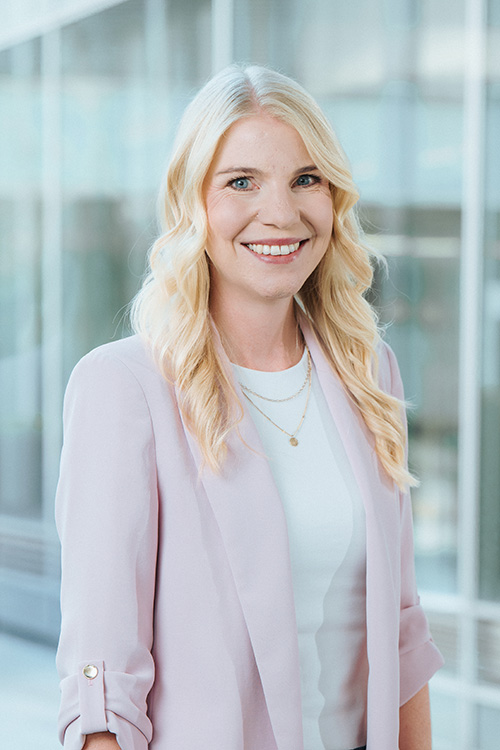About KA Risk Lab
Natural hazard analysis is not simply a matter of retrieving data, it is a science.
Anyone who wants to understand and calculate natural hazards needs more than just access to databases. Risks such as flooding, heavy rain, landslides, or storms do not follow a static pattern. They are the result of complex interactions between geology, meteorology, hydrology, and human development. A sound natural hazard analysis means classifying regional conditions, analyzing historical events, evaluating probabilities, and simulating future scenarios. This applies worldwide.
A simple data retrieval may provide a map with rough estimates about the future, but it does not provide a sound basis for decision-making. Only through processing, combining and interpreting the data and the resulting modelling can risks be realistically assessed. With over 12 scientists in our team, we have precisely this expertise, meaning that our natural hazard analyses not only comply with current regulations, but also provide valuable data that goes far beyond them.
Data sources form the basis of every natural hazard analysis.
Geoscientists work in our team.
CPUs enable smooth retrieval of natural hazard analyses.
Precise location analyses for realistic risk indicators
K.A.R.L. not only evaluates historical data, but also takes into account factors such as the exact altitude, soil conditions, and landscape features in the immediate vicinity of the location. Local characteristics, such as the specific vulnerabilities of buildings, facilities, means of production, and stored goods to individual natural hazards, are also considered in our analysis.
More about K.A.R.L.













